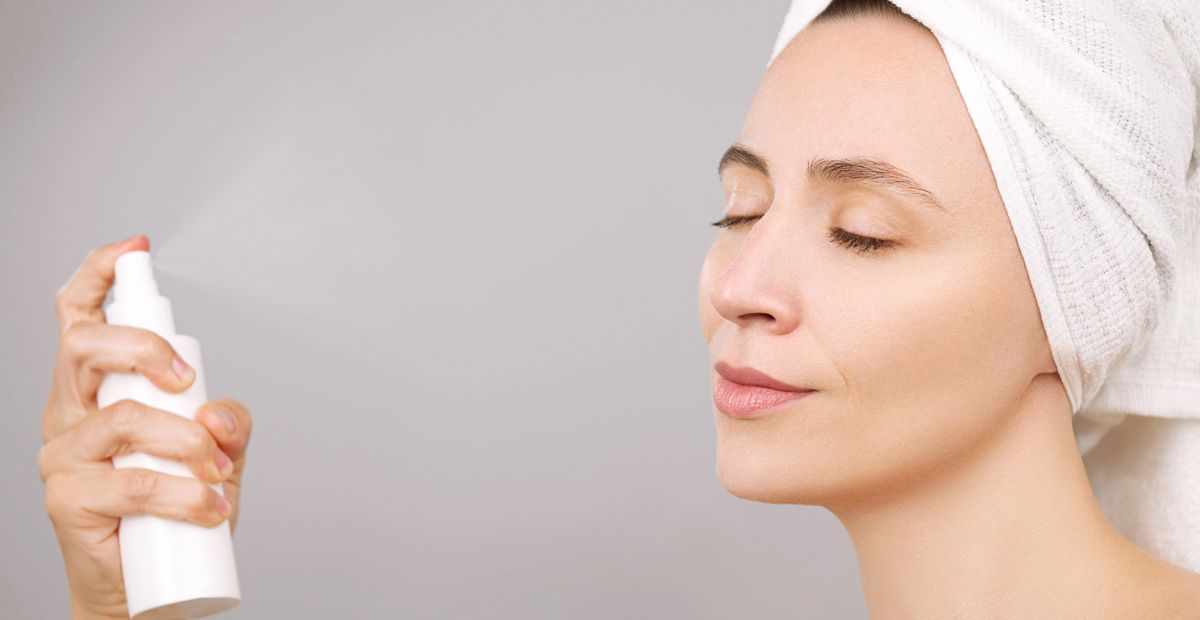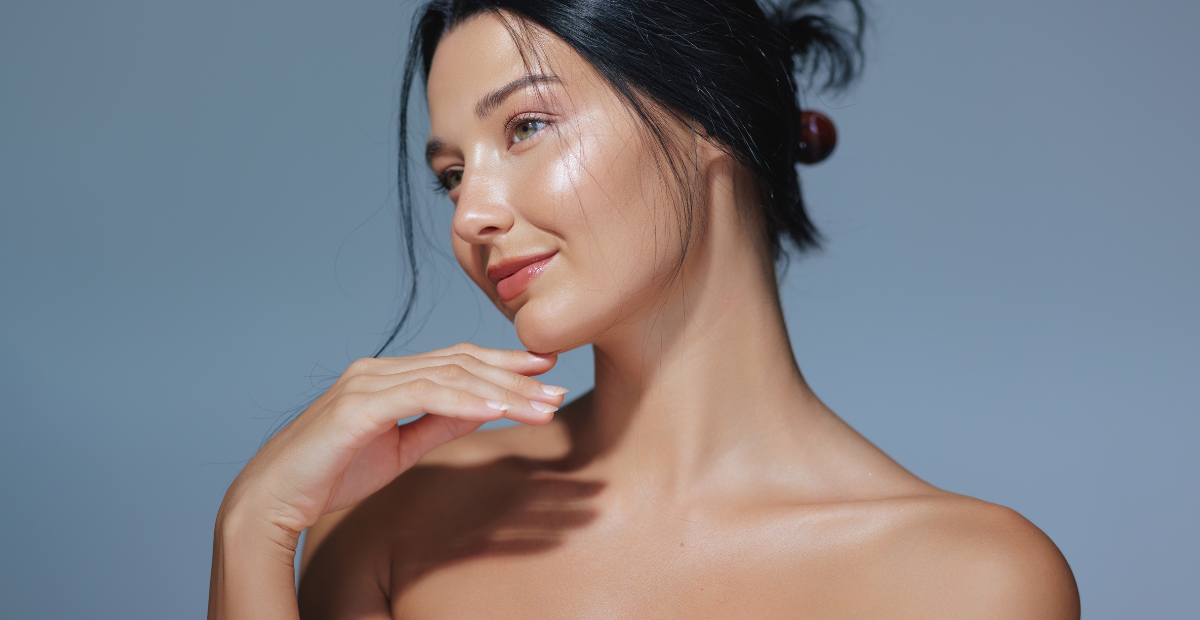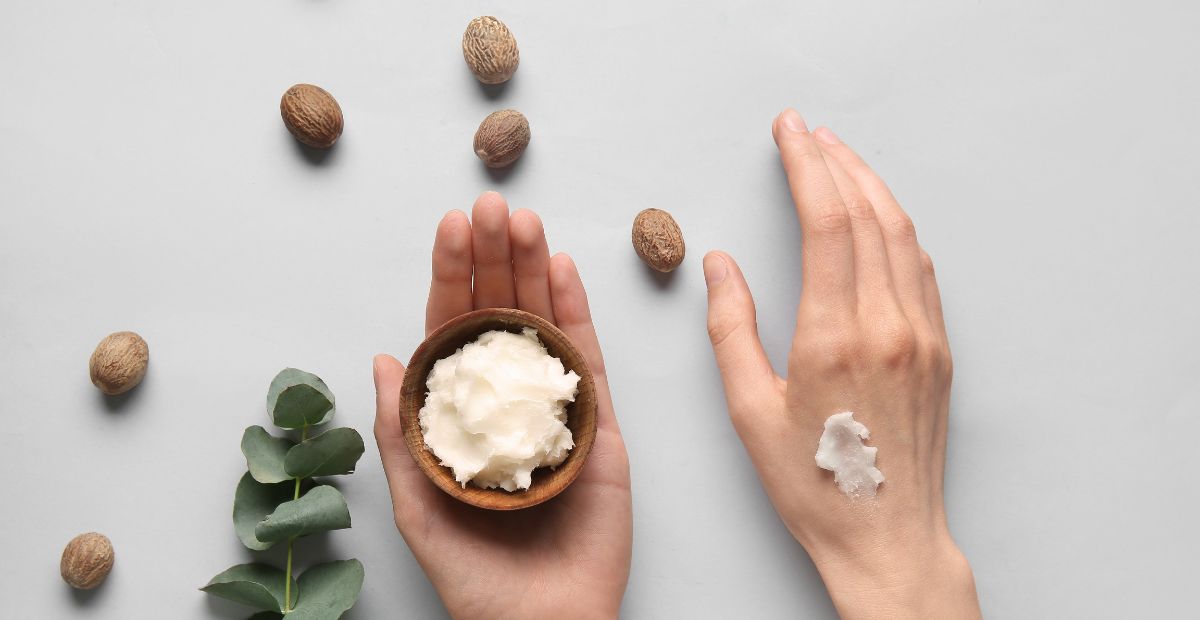SPF 30 vs. 50 vs. 70: Which One Should You Choose?
Onskin Content Team
Your guides through the skincare chaos
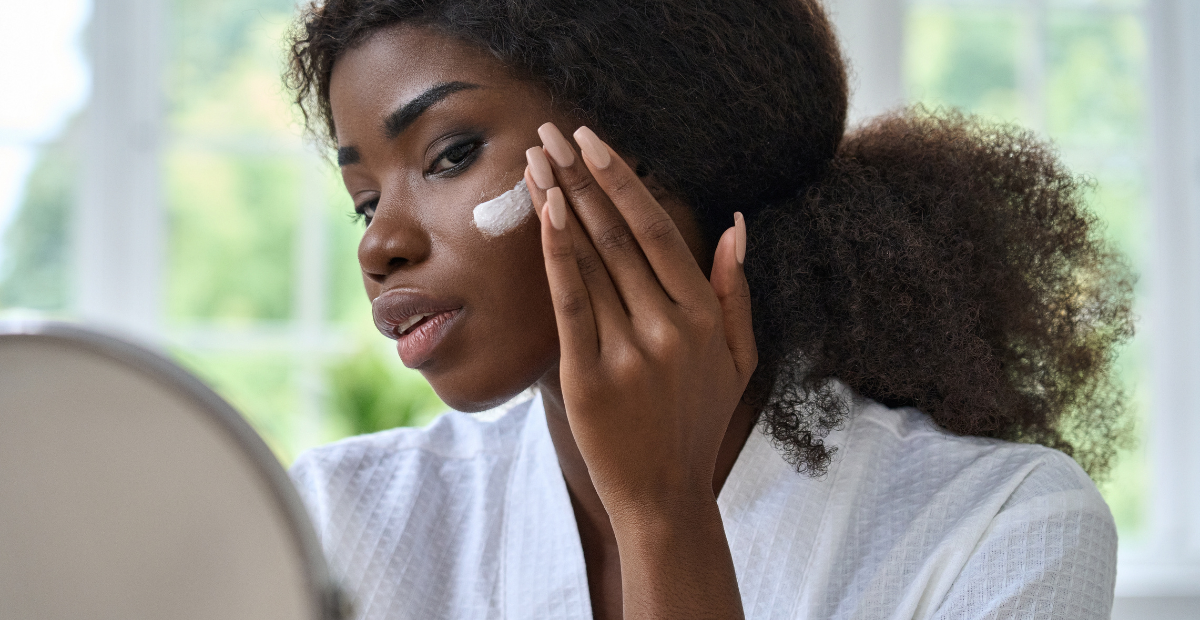
The sheer number of sunscreen options on the shelf might make picking the right one a bit confusing, especially when it comes to SPF 30 vs. 50 vs. 70 and so on. Is higher always better? How much of a difference is there really? And what does SPF actually mean? In this guide, we’ll break it all down so you can make the best choice for your skin and stay safe in the sun all year round.
What Is SPF?
To figure out which SPF is better, we first should find out what SPF actually is.
SPF stands for sun protection factor. It indicates the level of protection of your skin from sunlight. The U.S. Food and Drug Administration has required manufacturers to include SPF on their product labels since 1978. Back then, the SPF value only showed how well a product could protect the skin from sunburn, which is mostly caused by UVB rays. However, scientists later found that UVA rays are also harmful and can cause aging and increase the risk of skin cancer.
That’s why, in 2011, the FDA updated these rules. First, and probably most important, they introduced new standards for Broad Spectrum labeling. Now, if a sunscreen passes the broad-spectrum test, it means it protects you from both UVB and UVA rays in a balanced way.
Second, the update required sunscreens to pass testing before they could be labeled with a specific SPF number.
Third, they banned terms like “sunblock,” “waterproof,” and “sweatproof,” which were considered misleading to customers. And since then, labels have been reflecting the same parameters we see today.
What Do SPF Numbers Actually Mean?
As the SPF number goes up, so does the level of sunburn protection. The exact number is calculated by scientists with the help of a test. Usually, they apply sunscreen to a volunteer’s skin and expose them to an artificial solar UV source. The test compares how much UV exposure it takes to cause a sunburn with sunscreen and without it. The formula is very simple: the first value is divided by the second.
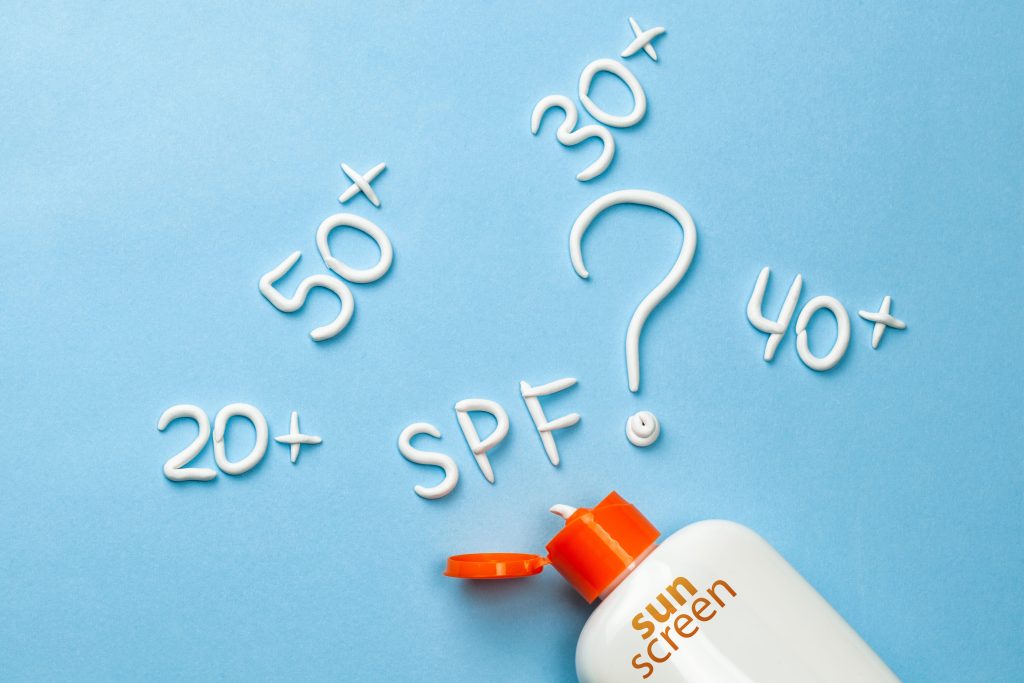
There are also other ways to determine the SPF value. One of them is the in vitro method, where scientists use artificial materials instead of human skin. These materials are coated with sunscreen, and then exposed to UV light to see how well the sunscreen works. Another method is in silico, which uses computer-based tools to estimate a product’s SPF without involving people or lab tests. We won’t discuss all the methods in detail, because it would require a whole new text.
Does SPF 30 Mean It’s Twice as Effective as SPF 15?
To put it simply, the higher the number, the better the effect. However, the correlation isn’t direct. SPF 15 blocks about 93% of UVB rays, SPF 30 blocks around 97%, and SPF 50 has a 98% rate. There’s no exact publicly available scientific data on the effectiveness of SPF 70, but since no SPF offers 100% protection, the difference between SPF 50 and SPF 70 is likely small.
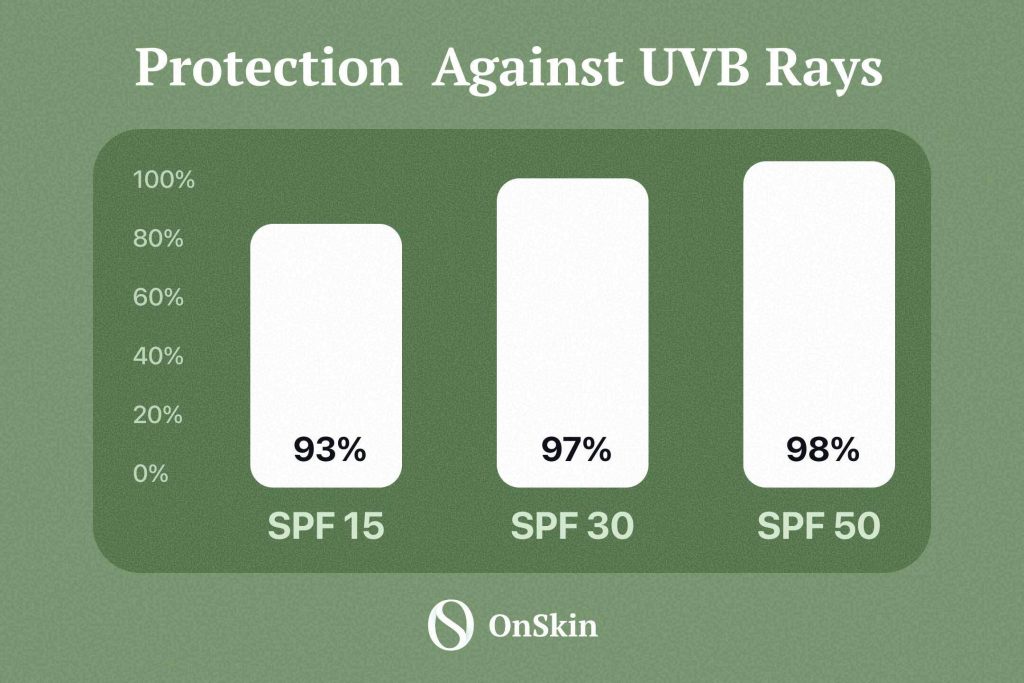
So, to answer the question we asked at the beginning—between SPF 30, 50, and 70, the higher value offers better protection, but the difference isn’t dramatic.
It’s also good to keep in mind that higher SPF numbers don’t mean they last longer. Whether it’s SPF 30 or SPF 70, you still need to reapply it regularly when you’re outside.
What Is the Minimum SPF to Look For in Sunscreens?
The American Academy of Dermatology says it should be at least 30. But here’s the thing. Many people don’t apply enough sunscreen. In fact, most use only about half the amount needed to get the full SPF listed on the label. That’s why choosing a higher SPF can compensate for applying too little.
How to Apply Sunscreen Properly
The AAD advises that adults should use about 1 ounce (about 28 grams) of sunscreen to cover parts of skin which aren’t protected by clothing, including tops of feet, ears, neck, and even head. It’s better to put sunscreen on dry skin about 15 minutes before you go outside.
However, not all sunscreens are created equal. First, they contain filters that can be either physical or chemical. Some chemical sunscreen ingredients have raised safety concerns. For instance, homosalate, octocrylene, and oxybenzone may affect the hormone (endocrine) system. That’s why it’s better to avoid them, especially during pregnancy or breastfeeding. Moreover, these ingredients are the most commonly discussed, but not the only potentially harmful ones. So, to be 100% sure a product is safe, it’s always sound to check it with the OnSkin app. Just take a picture of the product or its barcode, and the app will analyze each and every ingredient in its formula. The whole thing takes 5 seconds.
And yes, your lips need protection too. Use a lip balm or lipstick with SPF 30 or higher to help prevent sun damage there.
When you’re outdoors, reapply sunscreen about every two hours or even more often if you’ve been swimming or sweating. And always follow the directions on the bottle.

Should Sunscreens Be Applied Only in Summer?
No. Summer isn’t the only season when your skin is exposed to UV radiation. That’s why it’s important to apply sunscreen all year round. In fact, it’s a good idea to use it on cloudy days too. While clouds may block direct sunlight, they are not an obstacle to UV radiation.
Is It Harder for Darker Skin to Get Sunburned?
Yes. People with darker skin tend to tan more easily and are less likely to get sunburned compared to lighter-skinned people. That’s because it blocks about 75% of harmful UVB rays and about 70% of UVA rays from reaching the deeper layers of the skin. This natural protection is like having SPF of about 13 in dark skin versus SPF around 3 in lighter skin.
The thing is that dark skin has more melanin, which helps block some sunlight. This lower risk of sunburn also means it’s less likely to get skin cancer. However, people with dark skin can still have other issues from sun exposure, including non-melanoma skin cancer, early aging, and changes in skin color.
Moreover, although skin cancer is less common in darker skin, it’s often found at later stages, when it’s harder to treat.
Is High SPF Sunscreen Alone Enough?
Applying sunscreen is a must, but it’s not the only way to protect yourself. Here are just a couple of additional recommendations from the American Cancer Society:
- Try not to stay in direct sunlight for too long and try to find some shade when you can.
- Wear comfy clothes that cover your arms and legs.
- Pop on a wide-brimmed hat to protect your head, face, and neck.
- Opt for sunglasses that block ultraviolet light.
Here’s more about that in detail.
To Sum It Up
Here’s a summary of the key facts about SPF you need to know:
- SPF indicates how well a sunscreen protects against UVB rays, which cause sunburn. Broad-spectrum sunscreens also protect against UVA rays, which can cause aging and skin cancer.
- Higher SPFs mean stronger protection, but the difference isn’t dramatic. For instance, SPF 30 blocks 97% of UVB rays, while SPF 50 has a 98% rate.
- SPF 30 is the minimum recommended by dermatologists.
- All SPFs wear off with time. It’s best to reapply a product every 2 hours, especially after swimming or sweating.
- If the weather is cloudy, it doesn’t mean you don’t need sunscreen. UV radiation is always there. Use sunscreen every day you’re outside, no matter the weather or season.
- Sunscreen recommendations for patients with skin of color in the popular press and in the dermatology clinic. (2020). https://pmc.ncbi.nlm.nih.gov/articles/PMC8072489/
- Reinforcing photoprotection for skin of color: a narrative review. (2023). https://pmc.ncbi.nlm.nih.gov/articles/PMC10442306/
- Anti-aging and sunscreens: paradigm shift in cosmetics. (2019). https://www.researchgate.net/publication/335522283_Anti-aging_and_Sunscreens_Paradigm_Shift_in_Cosmetics
- Sunscreen testing: a critical perspective and future roadmap. (2022). https://www.sciencedirect.com/science/article/pii/S0165993622002072
FAQ
-
Where do I start with OnSkin?
Download the app and think of a product you’d like to know more about. Then, go to the main screen and choose how you’d like to get the info —by manually looking it up in the search bar, by scanning its barcode, or by simply taking a picture of the packaging. Once you’ve done any of these, you can see how safe the product is and if it suits your skin or hair (if this analysis is available).
-
What is Safety Rating, and how is it calculated?
In OnSkin, we base product rates on ingredients. Each is closely studied by our medical team and then evaluated. This way, each product gets a score from 0 to 100, with 100 as the safest level.
Safety Levels
- Excellent (76–100)
- Good (51–75)
- Not great (26–50)
- Bad (0–25)
These scores are backed by the latest scientific studies. You can find links to the resources we’ve used on each ingredient page. To assess the safety of product ingredients, we evaluate them according to the following parameters/criteria
- Endocrine disruption risk / Reproductive toxicity
Indicates the probability of mimicking, blocking, or interfering with the body hormones.
- Сarcinogenicity
Measures the potential risk of inducing cancer.
- Allergy risk
Estimates the probability of an allergic reaction.
- High concentration alert
Determines the risk of being unsafe in certain amounts.
-
What is Skin Match?
Based on the info you input about your skin type, age, skin care goal, and other “settings,” OnSkin checks how well a product is tailored to your unique skin needs — it’s basically like a dermatologist helping you find the right products, minus the fees and the long wait. The product you’re checking might be labeled as It’s a match!, Hit-or-miss, or Not a match for you. The app also detects ingredient groups such as Anti-acne, Anti-inflammatory, Moisturizes, May be drying, Comedogenic, and others — by tapping one, you see exactly what ingredients from this or that group are in the product.
-
I seem to have a problem with using the app. Who should I contact?
Please reach out to us at [email protected], and we’ll carefully look into your issue. Your ideas for improving the app are also very welcome!
-
Do you have an Android version?
Not yet! Hey Android users, we hear you, and we're thinking about making an Android version, but we haven't started the development yet.
Tracker Sent!
It’s on the way to your inbox.


